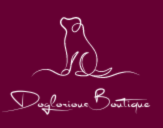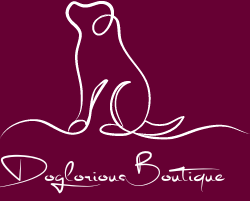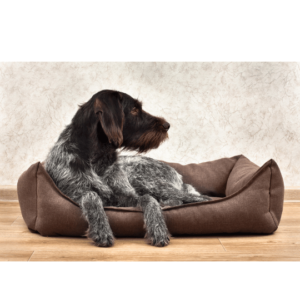We should look at a new dog as a blank slate, the same way we would look at a new human friend as a blank slate.
Amanda Gagnon
There are multiple reasons for not owning a dog in this world but small apartment is not one of them.
Dogs are among the most adaptable of species and almost any dog, no matter how big or how high their energy is, can live in small apartment.
Due diligence is needed for a best choice of a dog breed. If you live in a small apartment, having a herding breed will require much more time to satisfy it’s needs than sighthounds for example.
It is possible to have a happy Border Collie in a small apartment, but it requires a lot of time and dedication. Not practical at all :(.
That’s why in most cases dog owners tend to go with smaller dog breeds and a more quiet ones. Smaller dogs, in most cases, require less exercise than their bigger counterparts. Barking, on the other hand, requires a bit more research.
It is essential to get this right since you live alone, but not “alone alone”.
And not “alone alone” could create a lot of problems down the road.
In this post, we will in introduce a few different breeds of good bois and what makes them a great candidate for your future quiet best friend.
Basenji
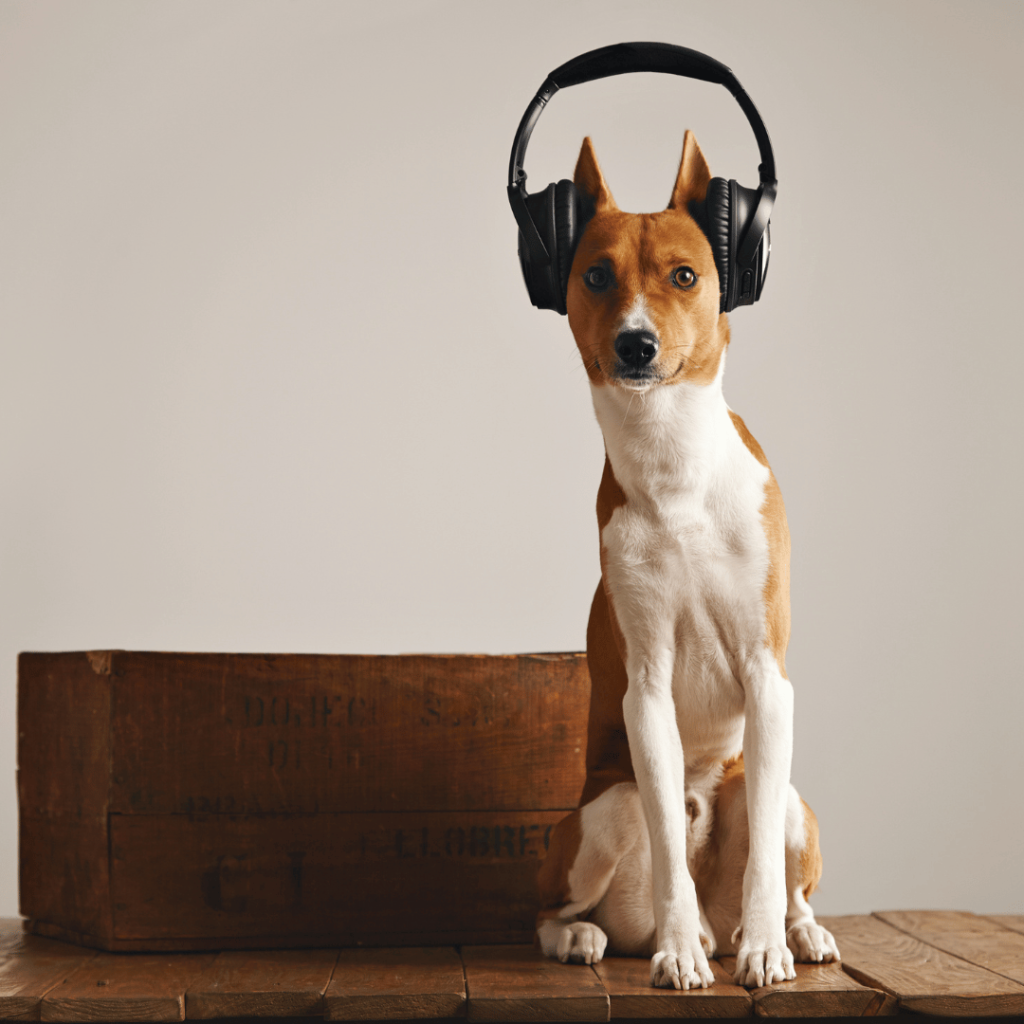
Basenji is ancient breed coming from Africa. Described as hunting companions in cave paintings dating back to 6000 years before Christ.
Known as very active and curious breed which requires lots of regular exercise to keep them entertained.
You don’t want them bored, because they like chewing a lot and you know what that means!
One funny fact about Basenjis is that they don’t bark, but they are capable of speaking whats on their mind with amusing “Basenji yodel“. Although most of Basenjis will not yodel in their lifetime, or you won’t be lucky to witness it, you can train them to yodel on a command. That would be a nice little trick up their sleeve :).
Sometimes you will confuse them with cats. Whether it is caution around strangers, self grooming or
climbing on a furniture you should be prepared to have a little ninja in your home.
They especially like comfort of your sofa but that is avoidable with this :).
Think twice whether kitchen counter is good idea for treats spot as well, don’t say I didn’t warn you!
In general, Basenji is a healthy dog breed with average lifespan of 13-14 years, but there are a few conditions you should be aware of:
- Hypothyroidism – autoimmune disease that destroys the hormone-producing cells in the thyroid gland and there are no signs until a substantial amount of gland is thyroid destroyed
- Fanconi syndrome – a genetic disease affecting kidneys and can result in kidney failure and death
- Progressive retinal atrophy (PRA) – non treatable gradual loss of vision
- Hip dysplasia
With regular check-ups, screenings and medications all of those concerns are easily manageable but it is necessary to keep in mind. Good way to avoid these conditions is to check if breeder is responsible.
Enough of these dark topics!
Basenjis are unique in personality and temperament. Highly intelligent, very energetic, aloof and independent. Early socialization and training are of utmost importance and crucial for them to thrive.
And there is a lot you can choose from. Scent training, running, hiking, long walks you name it.
They are hard to train but a tasty incentive could help, if you know what I mean ;).
Basenjis wear a short, fine coat and shedding is almost unnoticeable. He keeps himself very clean with his grooming habbits, so you could expect bath time every few months. You should trim his nails regularly in case walks are not enough for that to happen naturally. Begin accustoming him to being brushed and examined when he is a little and handle his paws frequently, because dogs are very touchy about their feet.
Award him when he is grooming so you and and your vet have easier life down the road.
In a nutshell, Basenji is people oriented, loyal and loving. If properly socialised and trained, they are good with even the smallest and most attentive kids. Very energetic and positive, odour-free, clean and they don’t shed much. It is important to look for a symptoms in case some of described conditions appear and try to keep a certain sum of money for potential need.
Maybe not the best candidate for a first dog to own, but certainly great quiet candidate for small apartment.
Cavalier King Charles Spaniel

From the 14th century Britain, hit by Great Famine and Black Death, comes this small, affectionate, playful and gentle good boy. Initially developed for hunting, he became lovely and friendly companion.
So lovely that he even gained royal stature in 17th century and was named after King Charles II.
By the 1800, the breed has morphed into the very short faced piece of cuteness, which we know today.
This breed earned the honour of being accepted into small selected group called “Velcro dogs”.
They love to cuddle and be close to their owners, which is important if you consider King Spaniel, because they should not be left alone for a long periods of time.
King Spaniels are comfortable in any environment and are great with children and other pets.
Since they are very curious and those hunting instincts are strong with this one, training them could be a challenge. But with consistency and patience it there is nothing this little fellow can not do.
They are fairly intelligent breed, very eager to please and do not meet strangers.
Although they are prone to certain health conditions, King Spaniels are generally healthy breed of dogs.
You should put effort into finding a good and responsible breeder who will show you health clearances for both of his parents.
This are the most common conditions:
- Mitral Valve Disease (MVD) – It develops often in early age and leads to heart failure
- Syringomyelia (SM) – affects the brain and spine and can lead to partial paralysis
- Episodic Falling – inability to relax its muscles and episode can last for a long time
- Patellar Luxation – knee joint slides out of place
- Keratoconjunctivitis Sicca (Dry Eye) – reduction in tears, can result in blindness but easily treatible
- Hip Dysplasia
Their size and quiet nature make King Spaniels, I just can’t help but call him King Spaniels, a great candidate for apartment or condo. Since they are moderately active, they do not require big space.
It’s essential to be very careful when outside. If they see a bird or anything interesting they will jump in front of a car or put themselves in numerous dangerous situations.
So limit their area when outside to provide them a life without unnecessary negative experiences.
Try to avoid going out during the hot hours, and make sure they have access to water and shade if he is outside when hot.
King Spaniels are covered with medium length, silky coat and it’s no wonder they are one of favourite lap dogs. They are fairly easy to maintain; You should brush them three of four times a week and bath them when necessary, but you can expect that to be weekly since they enjoy playing outside.
Hair on the ears and legs is prone to tangling, so pay attention to those areas and clean his ears regularly.
If you hear clicking on a floor, it is time to trim some nails. Or go for a walk more often, that could work ;).
Cavalier King Charles Spaniel is the king of lapdogs and small apartment is great place for him to never let you out of his sight and is certainly one of the favourite good boys amongst dog lovers.
Pug
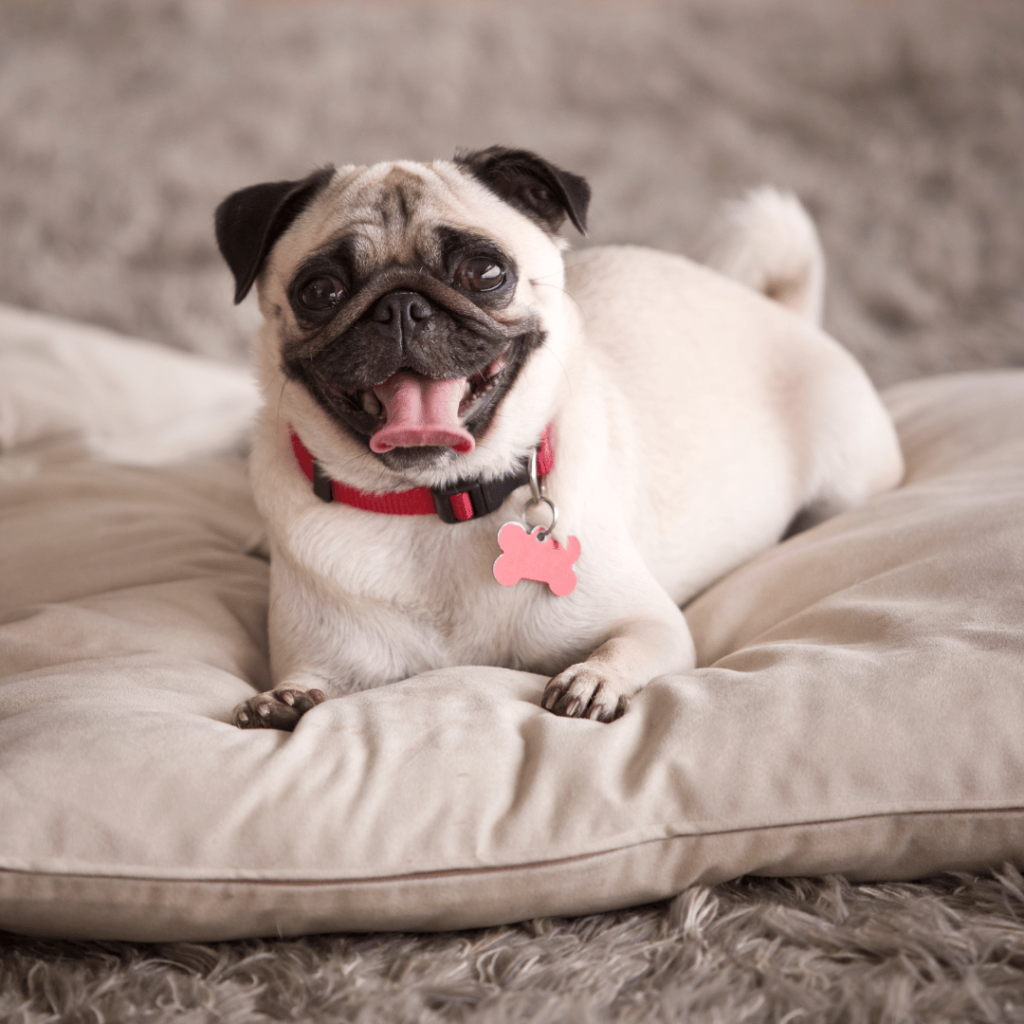
If laughter makes our life longer, this short wrinkly muzzle face, curly tail walking comedian will make your life at least a few decades longer.
In ancient China during Han Dynasty, this fabulous breed was developed to be a companion for ruling families.
Pugs were highly valued by Chinese Emperors, kept in luxury and even guarded by soldiers.
With time, they spread through other parts of Asia.
We can thank Dutch traders for introducing them to the western world in 16th and 17th century.
To no ones surprise, they quickly became favourite among royal households.
Pugs are natural companions, they crave attention and a good couch. They are always ready games thanks to their playful nature. What they like the most is being around their hooman and getting all the attention possible. If not reciprocated, it is a tough thing to bear for good boys, but there is no doubt those situations are almost non existent.
You can forget having a non heartbreaking meal because they never miss opportunity to
“puppy eye” some bites for themselves.
Happy and affectionate, loyal and charming, playful and silly with a little wilfulness, what else is there to seek for? It would be nice if it was a bit easier to train them, but you can’t have it all :).
It’s important to socialize them as early as possible, because that will ensure a well rounded temperament.
Puppies with nice temperament are curious, playful and willing to approach people and be held.
If pug is your choice take your time to meet one of the parent and see if you connect with her temper.
Although they are generally healthy, they are prone to certain health conditions which are more than a few.
So make sure that breeder shows you health clearances for both of his parents.
Some of the conditions are:
- Pug dog Encephalitis (PDE) – Non treatable fatal inflammatory brain disease unique to Pugs
- Epilepsy – Take him to the vet to determine the best treatment
- Corneal Ulcers – If your Pug squints or eyes are read and tear a lot, responds well to treatments, leads to huge eye problems if left untreated
- Yeast infection – If he smells bad, is itchy and has thickened skin, this could be the reason
- Hip Dysplasia
Non obviously, they are energetic breed, so if he doesn’t get a walk or playtime you can expect an entertainment acrobatic circus show.
They are very sensitive to heat and humidity so try to limit exposure to that kind of environment as much as possible.
One last thing, although they are very quiet for your neighbours, that does not mean you don’t have to prepare for his snoring. Get ready to revisit past memories of snoring if you have them ;).
Their coat is short and smooth, but don’t be surprised when you see how much they shed, especially in a summer. You should brush him regularly so you can mitigate that.
Bath once a month is enough, but you can bath him more often.
Since Pugs do not walk a lot, regular trimming is a must. As soon as clapping starts, you can start trimming, and don’t forget ears every few weeks.
Special attention is needed for his wrinkles and eyes. Wrinkles must be dried after bath, and wiped out every once in a while. More often the better, because it is a heaven for bacteria and infection. Regarding his eyes, they are vulnerable and exposed, so move that soap away!
As with all breads, sooner you start accustoming him to brushing and examination the better.
Pugs are great candidate if you do not get out as much. Irregardless of their fair amount of energy, they are more than willing to spend it inside the apartment. And you truly get a affectionate and funny little companion.
Conclusion
Selecting the right dog for your needs is a critical decision that impacts yours and your future companions quality of life.
I hope these descriptions provided you with valuable information and helped you move in the right direction in your quest.
Please keep in mind that having a dog in a small apartment is much bigger responsibility than having a dog in a big house with huge garden. One should always ask himself; “Am I willing to follow a certain walk routine?”, “Am I willing to pay for dog walker in case I don’t have time?”, “Do I have enough money for a dog since I pay my rent and utilities?” to name the few. Follow this rule of thumb; If you see a dog walk as a sacrifice, maybe you should wait a little until your circumstances become more favourable.
Think of your life situation before you decide so both you and your future companion have a long and great life together, because a relinquished dog is truly a sad sight.
